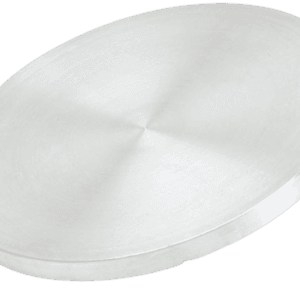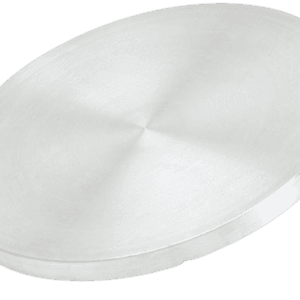Introduction
TFM offers high-quality Aluminum Al rotary sputtering targets, designed for thin-film deposition in a wide range of advanced applications, including semiconductors, coatings, and electronics. Aluminum Al targets are known for their excellent electrical conductivity, high reflectivity, and corrosion resistance, making them ideal for producing thin films in electronics and optical coatings.
The rotary sputtering target design ensures efficient and uniform deposition of Aluminum Al films, which are commonly used in electronic devices, reflective coatings, and thermal management applications. Aluminum Al films provide low resistance, making them highly suitable for conductive layers in semiconductor devices, capacitors, and interconnects. Additionally, Aluminum oxide (Al₂O₃) films produced from Aluminum targets are widely used in insulating coatings due to their high dielectric strength and high-temperature stability.
Aluminum Al films are also extensively used in reflective coatings for optical devices and solar cells, as Aluminum Al offers excellent reflectivity across a wide range of wavelengths. In solar energy applications, Aluminum films can serve as reflective layers to enhance the efficiency of photovoltaic devices.
TFM provides customized Aluminum Al rotary sputtering targets, offering precise control over material purity and composition to meet the specific requirements of various industries. These targets deliver consistent, high-quality deposition results for electronics, optical coatings, and energy applications.
Our Aluminum Al rotary sputtering targets are manufactured with the highest standards, ensuring superior material quality and consistent deposition performance. With low impurity levels, high density, and optimized sputtering characteristics, TFM’s Aluminum Al targets are ideal for producing high-performance thin films for next-generation technologies.
Specifications
| Materials | Aluminum Rotary Sputtering Target |
|---|---|
| Symbol | Al |
| Purity | 99.99% – 99.999% |
| Theoretical Density (g/cc) | 2.7 |
| Melting Point (°C) | 660 |
| Production Method | Spraying Type / Monolithic Type |
| Backing Tube | Titanium, Stainless Steel |
| Size | As per customer’s drawings |
| Relative Density | >= 96% |
| Grain Sizes | < 100 µm |
| Annual Capacity | 1000 tons |
Applications
- Thin Film Photovoltaic Solar Industry
- TFT-LCD Coating
- Semiconductor Electronics Industry
- Flat Panel Display Industry
- Decorative / Functional Coating Industry





Reviews
There are no reviews yet.